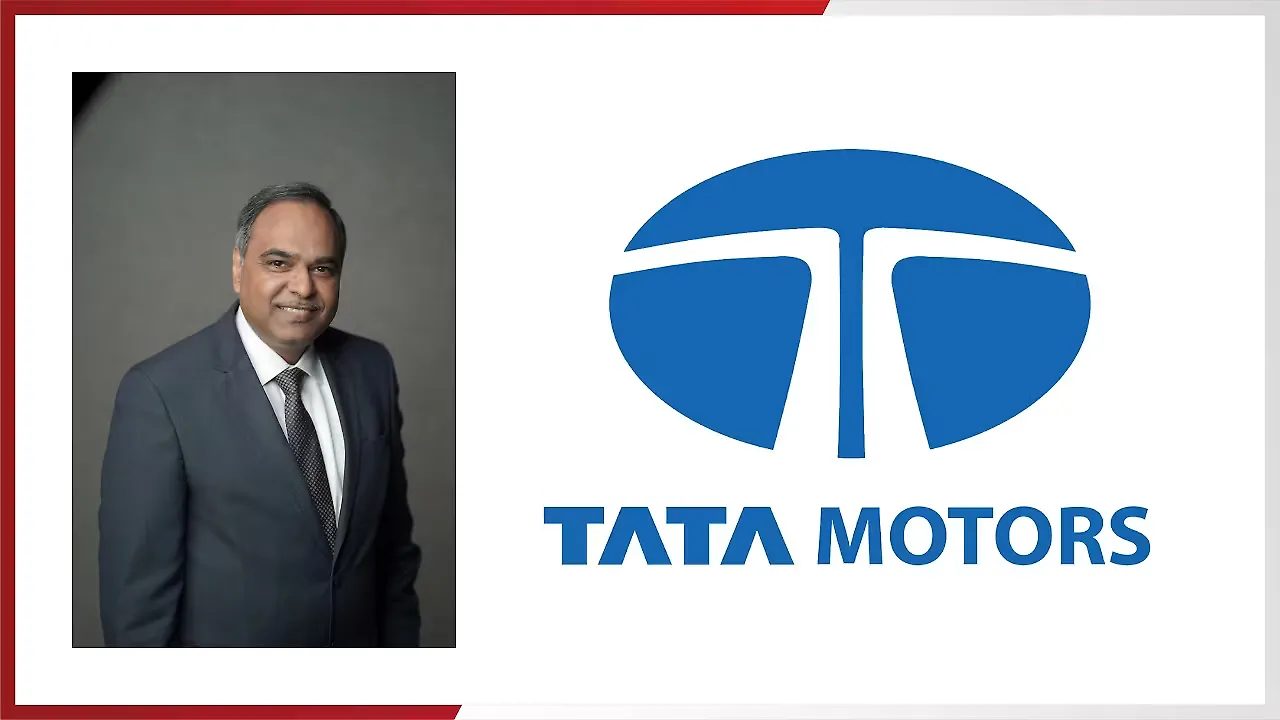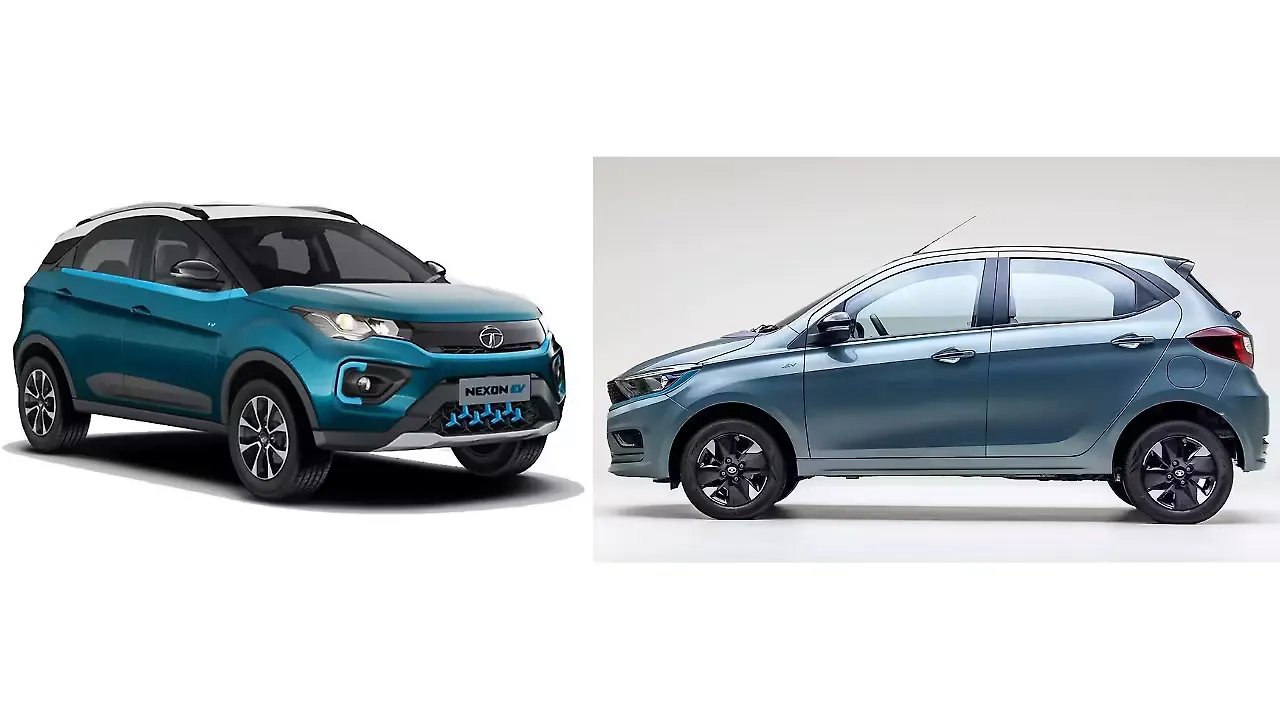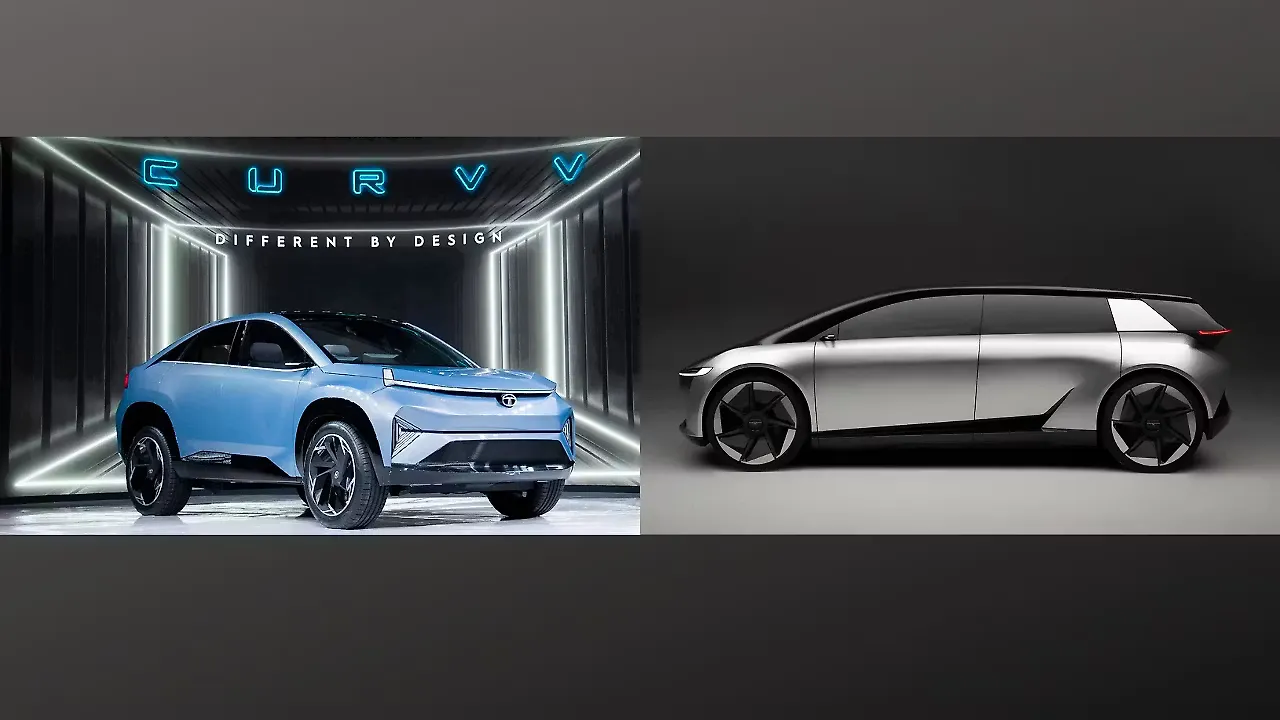
Shailesh Chandra sees no reason why his company’s electric passenger car range cannot go global in due course of time.
“Surely we can (go global) since our cars have proved their worth in extreme climatic conditions, been delivered at competitive costs and are rich in features,” says the Managing Director of Tata Motors Passenger Vehicles and Tata Passenger Electric Mobility.
Beyond this lies the fact that while “we were always one or two emission norms behind in ICE vehicles”, it is a different ballgame with the company’s electric vehicles which are comparable to global products.
“We have to go global and our game plan will be rolled out in a year. I would rather learn from top global benchmarks of any country in the EV sphere and we will pull out all the stops in making this a reality”’ reiterates Chandra. When this happens, it will be a huge boost to Tata Motors’ standing as an EV maker beyond the shores of India where it is already a market leader by miles.
This goal is also being articulated at a time when Chinese auto brands are firing on all cylinders in the global arena. Top electric manufacturers like BYD are already surging ahead in sales along with many others which have now sounded out their intent to dominate in the global market. China is now targeting Europe for its EV sales and this could pose a threat to homegrown brands, which will have their work cut out in taking them on in both price and features.
In the case of Tata Motors, the other advantage in its electric play emanates from the bonding with its group company, Jaguar Land Rover. “We are exploring synergies with JLR in electrical and electronic architecture, pure electric architecture… everything is exploratory right now,” hints Chandra. Clearly, there is a lot of action in store especially with its electric battery plant launch scheduled for commissioning in southwest England.
Walking The Talk
From the MD’s point of view, the biggest achievement is that Tata Motors has walked the talk in electric even while it had to contend with the proverbial naysayers who scoffed initially at the effort. Not too many people were convinced that the company would actually come such a long way and in record time too.
“There are some who do not realise the actual pace of change. Had I predicted that we would be doing one lakh sales five years ago, people would have sneered at me,” says Chandra. Today, it is “entirely conceivable” to look at 10 times growth in the next five years, especially with more players throwing their hats into the EV ring. The supporting ecosystem is “also accelerating” and if every stakeholder were to play aggressively enough, “we are set for tremendous growth in EVs”.
Tata Motors will target a 25-30% share of EVs in its portfolio by 2027-28, going up to 50% by the end of this decade. Its portfolio will then be evenly divided vis-à-vis its portfolio of ICE vehicles. “It is not a half-hearted game we are playing and, on the contrary, it marks a deep commitment to EVs,” adds Chandra.
The other Tata Companies like TACO, Tata Power, etc will be part of the supporting ecosystem where “deeper localisation” drive will help towards greater proliferation of EVs. This is absolutely imperative in order to reach a competitive cost structure and become more self-reliant unlike today, where there is still some raw material requirement from China that “cannot change in the immediate future”.
According to Chandra, it is important to be agile in the world of EVs since the pace of change is happening so quickly. The car as a concept is also changing in its mechanical systems and that would also mean “reorganising ourselves” apart from just imbibing new skills. “It marks a complete shift of what you knew what a car was; it is now a gadget or mobile device and the faster you realise this, you will be able to cope with the change,” says Chandra.

Exclusive EV Outlets
Tata Motors has already made it known that it will look at separate EV outlets in the near term which is a practical thing to do given its huge push in this space. In this backdrop, it makes more sense to have separate showrooms for its ICE and EV range of cars.
“We will have focused teams for EVs since skills, knowledge and expertise are a different challenge altogether,” he explains. This reaffirms the need for separate retail arrangements in EVs, especially in markets with deeper penetration like Kerala and Maharashtra. “The brand should look more premium for sure with this retail endeavour,” he adds.
The company is also upbeat about CNG (compressed natural gas) which will gradually claw more market share from petrol and also play a more pivotal role with the new CAFE norms. Chandra is pleased with the fact that Tata Motors has “driven innovations” in CNG with its product range now having “real boot space”. In the process, it “takes away the stigma” of the cylinder occupying this key rear portion, which can now be better used to place baggage.
Looking back at the EV journey thus far, the Tata Motors MD says it has been “very satisfying” even while there were a host of challenges to overcome. “We took a bet with a new business and what triggered our interest was the Centre’s vision for 2030. The group leadership felt that this was the eventual technology and there was no point delaying it. The vision would have remained a statement otherwise,” recalls Chandra.
There was also a thinking that the whole ecosystem had to be created “by us for electric” and that is what gave Tata Motors the confidence to go ahead. By the end of the day, there was just no point developing the product without support coming in. The bandwidth was, therefore, distributed among different companies and the company embarked on the journey with the State-run EESL (Energy Efficiency Services) fleet tender.
Mainstream Buyers
However, the management was quick to realise that the personal segment was more important from the viewpoint of impact and the Nexon then came into being after a deep market study. “The key was to address mainstream buyers and offer them something that was affordable and not super expensive. It also had to offer a strong value proposition with performance,” says Chandra.
The key was to take one step at a time where fewer segments would also help group company, Tata Power, in its effort to focus better with its home charging solutions. The overall objective was to take care of barriers and mind blocks along the way which then paved the way for the electric initiative in specific cities with charging solutions.
“It was a well-coordinated effort and things progressed well,” he adds. As demand started picking up with more localisation of battery parts, Chandra is pleased that the early phase of constraints has now given way to a more satisfied base of customers, who see the Tata EV as an aspirational product.
Home charging is now doable and far simpler compared to a long wait at a fuel station, while operating costs are not a “big issue” either. All this has helped the company recently cross the milestone of putting one lakh EVs out on the road.

Acceleration Mode
Today, there are startups with more numbers of fast chargers while global suppliers are now seeking more business in India. This is in sharp contrast to the not-so-distant past when the reaction all around was one of wariness and scepticism. “When I see the strides made, it is with a sense of immense satisfaction since other players are also more confident today,” says Chandra.
For Tata Motors, the first 10,000 EVs came in 44 months and thereon to 50,000 in just 14 months. The march from 50,000 to one lakh came in barely nine months thereafter and the company is hopeful that the next one lakh will come in 14 months. “This is how the progression has been and the momentum is now irreversible with the customer more confident and the ecosystem firmly in place,” he adds.
Consequently, more and more buyers “seldom think” of an ICE vehicle because they see more EVs on the road and are becoming more confident about acquiring one for themselves. “The range and infrastructure is better too which augurs well for EVs. On the other hand, ICE vehicles are becoming more expensive with stiffer emission norms,” says Chandra.
Yet, he is quick to add that it does not mean that it is all over for ICE. The right way to look at it, instead, is that EV penetration is 2.5% today compared to the early days of 0.2% which means “we have finished a lap”. Going by the growth from 100 units each month to 10,000 right now, there is no reason why the next five years cannot see one million EVs especially with more participants scheduled to join the race.
Also Read
Tata Motors’ Growth Plans On Track, Reaffirms Chandrasekaran
For Tata Motors, Disruption Is The Mantra In Passenger Vehicles